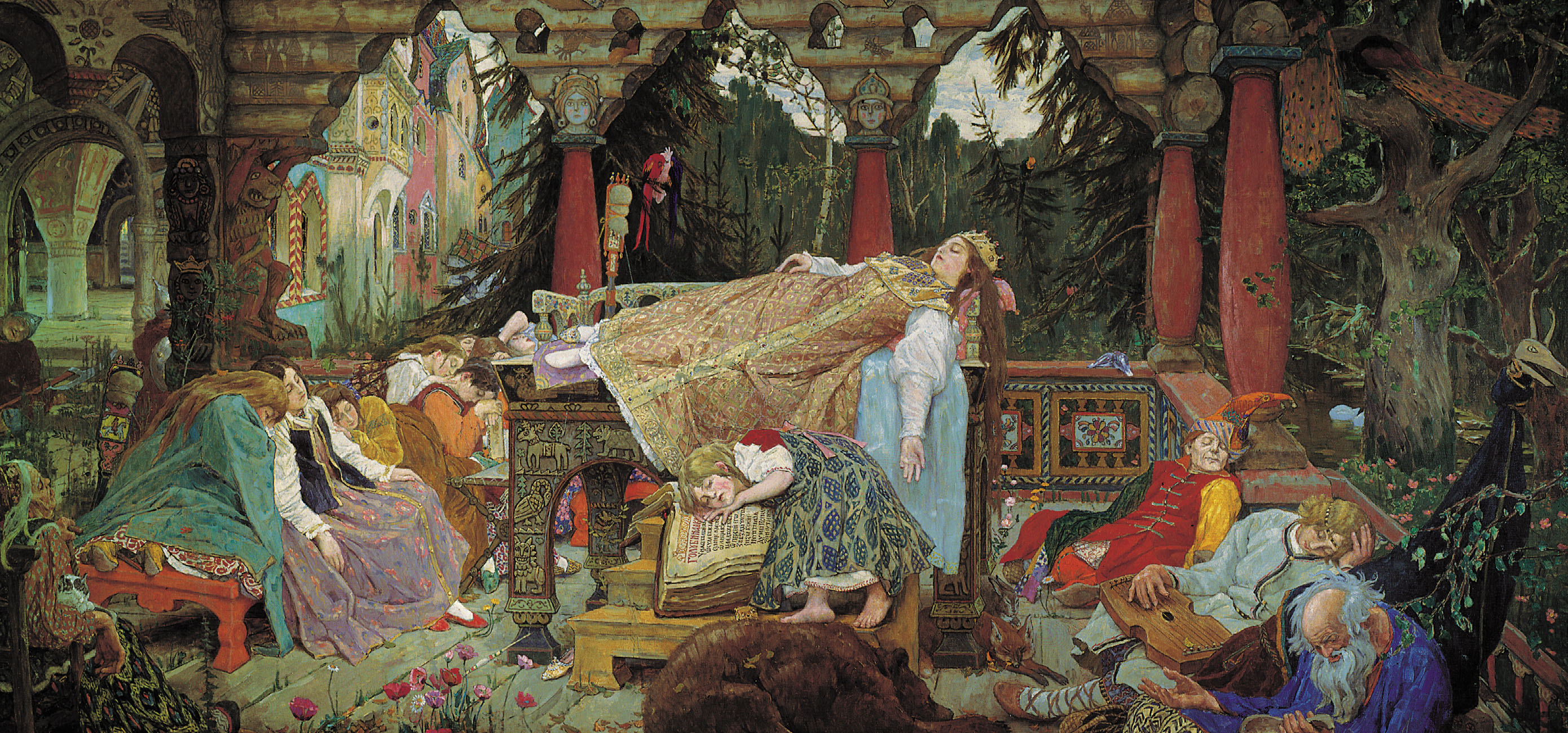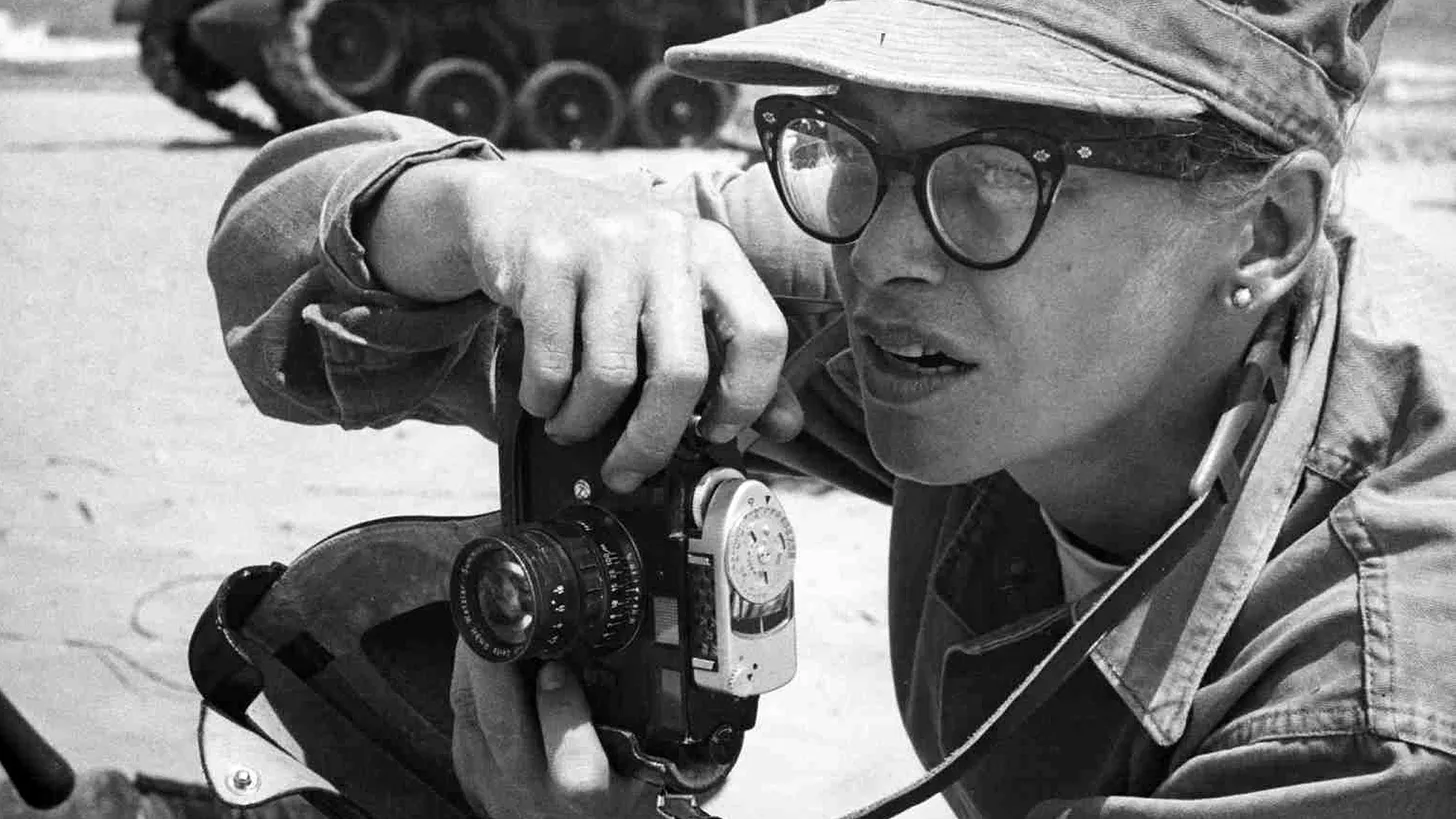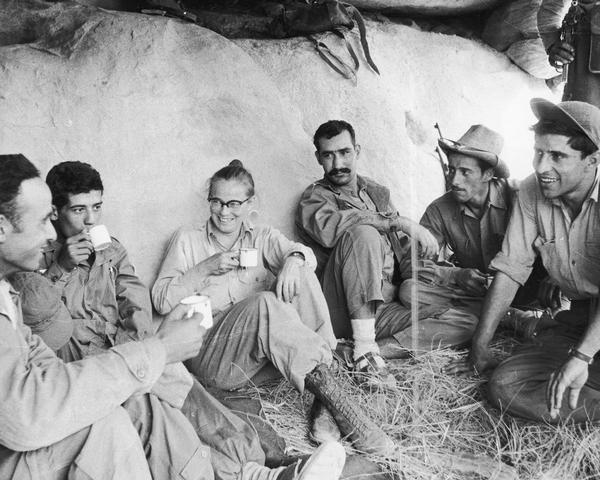
In the early days, the wall of thorns had been distressingly obvious. There was simply no way to hide a hedge with thorns like sword blades and stems as thick as a man’s thigh. A wall like that invited curiosity and with curiosity came axes, and it was all the fairy could do to keep some of those curious folk from gaining entrance to the tower.
Eventually, though, the brambles had grown up around the edges—blackberry and briar and dog rose, all the weedy opportunists—and that softened the edge of the thorn wall and gave the fairy some breathing room. Roving princes and penniless younger sons had been fascinated by the thorns, which were so obviously there to keep people out. Hardly anybody was interested in a bramble thicket.
How does anyone manage? There are too many streams and they all flow and all of them could be good and there’s no way to know. How does anyone ever choose to do anything?
Match.com profile – Languid Lady – Wanna meet a real princess? Low maintenance, fond of comfortable bedding, long walks in dreamland, quiet weekends at home in the castle. If you are looking for consistency, a quiet, luxurious, restful life, send me a message. Only real princes need apply. Let’s make some magic together. (Submitted for a friend)

T. Kingfisher aka Ursula Vernon – image from Open Library
We all know, or should know, the story of Sleeping Beauty, whether the Disney version or some other. Beautiful princess is tucked away in a tower for a seemingly endless nap, done dirt by an evil fairy. Kingfisher, as she has done many times with established tales, offers a different perspective.

Illustration for Charles Perrault’s La Belle au Bois Dormant from Histoires ou Contes du Temps passé: Les Contes de ma Mère l’Oye (1697) – image from Wiki
This time, what if it was not a dark force, but a kind one that had caused all those zzzzzzzzzs? What if there was a good reason for doing so? What is someone was charged with making sure that no one disturbed the sleeper, however many years, decades, centuries might pass?
One thing I like to do with fairy tales is to look at them and go “How can I make this even worse?” – from the Grim Dark interview
I am not so sure that Kingfisher’s tale really is a worse version. Well, maybe worse that the Disney version. But far from the worst. There is one (and there are others as bad) in which a wandering king happens by the castle where a sleeper named Talia is housed. He decides this is a great opportunity for him, absconds with her virginity, and leaves the unconscious Talia pregnant with twins. What a guy!
We get a look at some of the trappings of fairy tales, including a fairy civilization that is maybe not so nice. Another, the Greenteeth, who raised her, provide our heroine with her other side abilities. These include the power to switch back and forth between human and toad form, which can come in handy. Her name is Toadling. She has been dutifully standing guard over the castle in which the sleeper has been kept for multiple centuries.

From MY BOOK OF FAVOURITE FAIRY TALES ILLUSTRATED BY JENNIE HARBOUR. – image from Wiki
Until one day, a knight arrives. Halim is not one of those spoiled, handsome, armored snots who usually trot through such tales, slaying dragons and rescuing (abducting?) fair maidens. He is a Muslim, for one, and, not being a first-born, not exactly in line for a nice inheritance.
Being a knight isn’t about being religious, you know, so much as it is to figure out what to do with your extra sons so they don’t tear up the family seat. Every now and then someone gets the idea we should start chopping each other’s heads off, but in practice, the Pope squats in Rome like a spider and the caliphs glare at one another over their walls, and the rest of us get along as best we can with each other.”
As is obvious from this, Halim comes across as a pretty decent sort, mostly there to check out something he had read, about a long-form sleeper in a tower. I suppose there might be an angle of interest in forming an alliance with a landed bit of royalty when your own prospects are a bit slim, but really, it is mostly curiosity. We are led to think that he is a good guy by the conversations he has with Toadling. But is he on the level with her, or is he trying to manipulate her into letting him past the massive thorn hedge that surrounds the castle?

The Sleeping Beauty by Edward Frederick Brewtnall – image from Wiki
For her part, Toadling is riven with guilt for having messed up a magical task she had been assigned, thus her lengthy tenure at this post. She is dutiful, and honor-bound.
Toadling tells Halim her (and thus the sleeper’s) story in bits, so that by the time we are nearing the end, we know all there is to know about how the whole princess-in-a-tower situation came to be, the decisions that were made, the actions that followed and the active perils.

The sleeping Beauty by Viktor Vasnetsov – image from Wiki – Showing the somnolence of the entire household – not so much in this telling
There are multiple sources of joy in this novella (30K words). The first is the interaction between Halim and Toadling. Both are modest people. She tells Halim that she is not beautiful, and he says the same of himself.
Practical overworked middle-aged women basically keep the world running…And being myself a rather frumpy middle-aged woman, I write stories about people like me partly because they’re very much who I can write, but also because I want those women to have stories. Sometimes we read fantasy stories in order to pretend we’re someone else, but sometimes we read fantasy stories in order to pretend that people like us can have adventures too. Mind you, if the readers ever get tired of reading about middle-aged gardeners, I’m probably in trouble, but so far, so good. – from the Grim Dark interview
The second is the creative reinterpretation Kingfisher had concocted of the classic tale. It is far from alone. The Sleeping Beauty story first appeared in the 14th century. A later version, adapted by Charles Perrault in the late seventeenth century forms the basis of all later versions, including the one transmitted by the Brothers Grimm. That one was called Little Briar Rose. I am sure you will be excited to learn that there is classification system for fairy tales, called the Aarne-Thompson system. It was news to me that this existed. It is a major tool for folklorists. Sleeping Beauty slots in at Type #410, FYI. There have been many versions over eight hundred years.
The third is Toadling herself. She is such a wonderful character, a good person challenged with outrageous fortune in her life, but holding up because her core is good, kind, and strong. You will quite enjoy spending time with her.

Disney’s Aurora – image from ArmChairCinema.com
Thematically, there are walls aplenty in here, the fortress, of course, the thornhedge of the book’s title, and the barriers between the human world and the land of fairy. Halim offers a lovely image for Toadling.
“There’s a very high wall,” said Halim, “according to the imams, called al-A’raf. Between hell and paradise. And if you haven’t been good enough or evil enough to go one place or the other, you live in this wall. But even those people will eventually enter paradise, because God is merciful.” He jammed his chin onto his fist and gazed at Toadling. “It seems like you’ve been stuck in that wall for quite a long time now . . . That’s all the theology I’ve got in me, incidentally, so I hope it’s useful.”
Toadling sighed. “I would like to climb down from that wall,” she admitted.
And there is the wall between Toadling and Halim. Will they break through that one?

Sleeping Beauty wakes up after the kiss of a prince — Or –Startled by the presence of a strange man, the young lady sat up while sharply wiping her mouth. “And just who the f&^k are you, dirtbag?” by Otto Kubel- image from Wiki
Bottom line is that Thornhedge is a lot of fun. It takes our expectations and turns them inside out, all the while offering us the welcome companionship of Toadling. This new interpretation of an old tale is rich with creativity. No spindles required. Let Kingfisher put you under her spell and you will be in for a magical read.
Review posted – 10/27/23
Publication date – 8/15/23
I received an ARE of Thornhedge from Tor.com in return for a fair(y) review. Thanks, folks, and thanks to NetGalley for facilitating.
This review is cross-posted on Goodreads. Stop by and say Hi!
=======================================EXTRA STUFF
Links to the author’s personal, Goodreads, and Twitter pages
Profile – from the Fantasy Hive
T. Kingfisher is the adult fiction pseudonym of Ursula Vernon, the multi-award-winning author of Digger and Dragonbreath. She is an author and illustrator based in North Carolina who has been nominated for the Ursa Major Award, the Eisner Awards, and has won the Nebula Award for Best Short Story for “Jackalope Wives” in 2015 and the Hugo Award for Best Novelette for “The Tomato Thief” in 2017. Her debut adult horror novel, The Twisted Ones, won the 2020 Dragon Award for Best Horror Novel, and was followed by the critically acclaimed The Hollow Places.
Interviews
—–The Fantasy Hive – Interview with T. Kingfisher
—–Grim Dark Magazine- Not All Curses should be Broken by Rona Denton
—–Orion Magazine – T. Kingfisher Wrings Hope and Drama from Fairy Tales by Kyla McCallum
My review of an earlier book by Kingfisher
—–What Moves the Dead
Songs/Music
—–Into the Woods – Agony (reprise)
—–Beautiful Dreamer – written by Stephen Foster – performed by Leslie Guinn and Gilbert Kalish
Items of Interest
—–Wiki on Sleeping Beauty – there is a lot here
—–Wiki – The Fairy Tales of the Brothers Grimm (Rackham)/Briar Rose
—–Wiki – Aarne–Thompson–Uther Index














